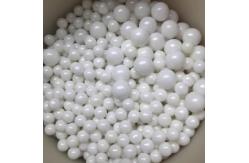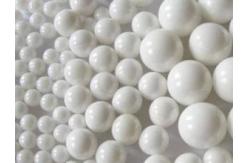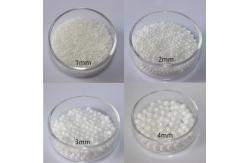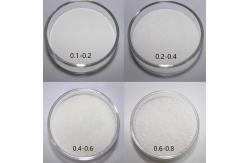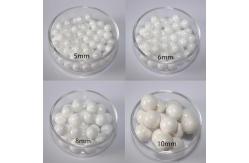Ultra Smooth Zirconia Grinding Balls Beads Media Minimized Friction In Bulk
|
|
Product Description Ultra Smooth Zirconia Beads: Minimized Friction for Efficient Slurry Processing
The Science Behind Zirconia Beads
Key Features of Ultra Smooth Zirconia Beads
Applications of Zirconia Beads in Slurry Processing
Comparing Zirconia Beads with Other Grinding Media
Optimizing Slurry Viscosity with Zirconia Beads
Best Practices for Using Zirconia Beads
●Chemical Composition:
●Physical Properties:
40times under microscope for 0.3mm YSZ ball
● Inner structure: ● Size distribution:
●Features: It has high density and hardness, making it suitable for high-quality products, such as ceramic inking, automobile, paints and coating. It is suitable for high-efficiency horizontal mills and basket mills. Low contamination of the milling product. It is suitable for industries requiring nano-sized particles.
●Pakage: 25KG/Plastic Drum, 800-1000KG/Pallet with shrink wrapped ●Storage:The grinding media should be stored in a dry and clean place. Factory equipment
Exhibition & Partner
Case
Ship to philipine
Ship to Germany
FAQ
|
|||||||||||||||||||||||||||||||||||||||||||||||||||||||||||||||||||||||||||||||||||||||||||||||||||||||||||||||||||||||||||||||||||||||||||||||||||||||||||||||||||||||||||||||||||||||||||||||||||||||||||||||||||||||||||||||||||||||||||||||||||||||||||||||||||||||||||||||||||||||||||||||||||||||||||||||||||||||||||||||||||||||||||||||||||||||||||||||||||||||||||||||||||||||||||||||||||||||||||||||||||||||||||||
| Product Tags: bulk Zirconia Grinding Balls Minimized Friction Zirconia Grinding Balls Smooth Zirconia grinding media | |||||||||||||||||||||||||||||||||||||||||||||||||||||||||||||||||||||||||||||||||||||||||||||||||||||||||||||||||||||||||||||||||||||||||||||||||||||||||||||||||||||||||||||||||||||||||||||||||||||||||||||||||||||||||||||||||||||||||||||||||||||||||||||||||||||||||||||||||||||||||||||||||||||||||||||||||||||||||||||||||||||||||||||||||||||||||||||||||||||||||||||||||||||||||||||||||||||||||||||||||||||||||||||
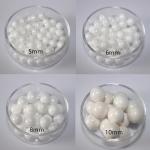
|
Lab Grade Zirconia Grinding Media Ball Beads Contamination free For Battery Material Research |
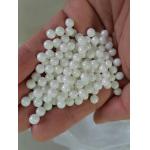
|
OEM Jet Mill Alumina Grinding Balls Zirconia Media Beads High Energy |
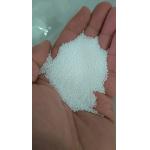
|
Nano ZrO2 Zirconia Grinding Balls Ceramic Ball Mill Media Ultra Fine Particle Dispersion |
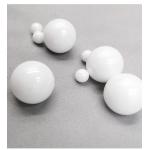
|
ODM Heavy Duty Zirconia Alumina Milling Balls Beads Shock Absorbing |
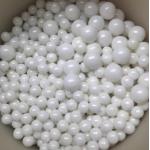
|
Ultra Smooth Zirconia Grinding Balls Beads Media Minimized Friction In Bulk |
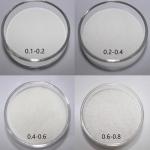
|
Tungsten Ceramic Zirconia Ball Mill Balls Media For Metal Powder Processing |

